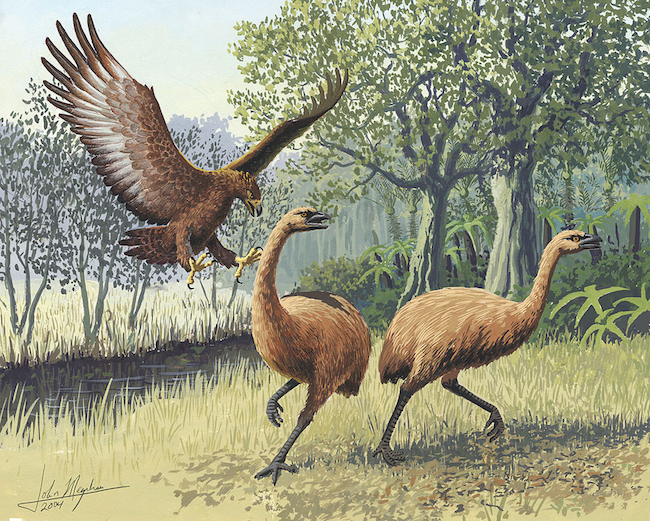Palaeontologists in New Zealand have started a consultation process in a bid to appoint a fossil emblem for New Zealand. Everything Dinosaur has come across media reports that palaeontologists at the University of Otago (South Island, New Zealand), are beginning a project to identify a fossil emblem for the country. Once a shortlist of candidate fossils has been compiled, the winner will be decided by a public vote.
Many Australian states, have fossil emblems, for example, back in January (2022), team members at Everything Dinosaur covered the announcement that the giant amphibian Koolasuchus (K. cleelandi) had been appointed the fossil emblem of Victoria. Now it seems that New Zealand wants to have a fossil emblem too.
To read the Koolasuchus story: Koolasuchus Becomes the State Fossil of Victoria.

Penguins, Plesiosaurs, Trilobites, Dolphins and Giant Prehistoric Birds
New Zealand might not be the first country one thinks about when considering the fossil record. However, several important and unique fossil discoveries have been made on Aotearoa (the Māori name for the country).
The campaign is being led by Dr Nic Rawlence (University of Otago palaeogenetics laboratory), he has suggested some of the country’s giant penguins (Kairuku waewaeroa, Kumimanu biceae, Crossvallia waiparensis), or perhaps one of the early cetaceans or an example of a primitive pinniped (Eomonachus belegaerensis), fossils of which come from the western side of North Island (Taranaki area).

In 2002, the Late Cretaceous plesiosaur Kaiwhekea katiki was formally named and described. The seven-metre-long specimen was excavated from a single, large concretion found at Shag Point, Otago (Katiki Formation). It is one of the most complete plesiosaur specimens known from the Southern Hemisphere.
There are also more recent inhabitants of New Zealand to consider, such as the giant South Island Moa Dinornis robustus, as well as many important invertebrate fossils that date from the Palaeozoic but, our personal choice would be the enormous Haast’s eagle (Hieraaetus moorei), the largest eagle known to science. This huge predator occupied the niche filled by mammalian carnivores in other ecosystems. With a body weight in excess of 15 kilograms and a wingspan of around 3 metres, Haast’s eagle was a formidable and terrifying predator.

Only Recently Extinct
Unlike the trilobites, plesiosaurs, penguins and ancient marine mammals, Haast’s eagle died out relatively recently, not long after the first Māori settlers came to New Zealand.
It has not been decided yet whether a single fossil specimen should become the national emblem, or whether there would be two emblems designated, one for South Island and one for North Island.
A shortlist is due to be announced in the near future and then a public vote will decide on the winner(s).
If New Zealand appoints a fossil emblem, then perhaps the UK or the countries that make up the United Kingdom could consider having fossil emblems too.
Any suggestions?






Leave A Comment